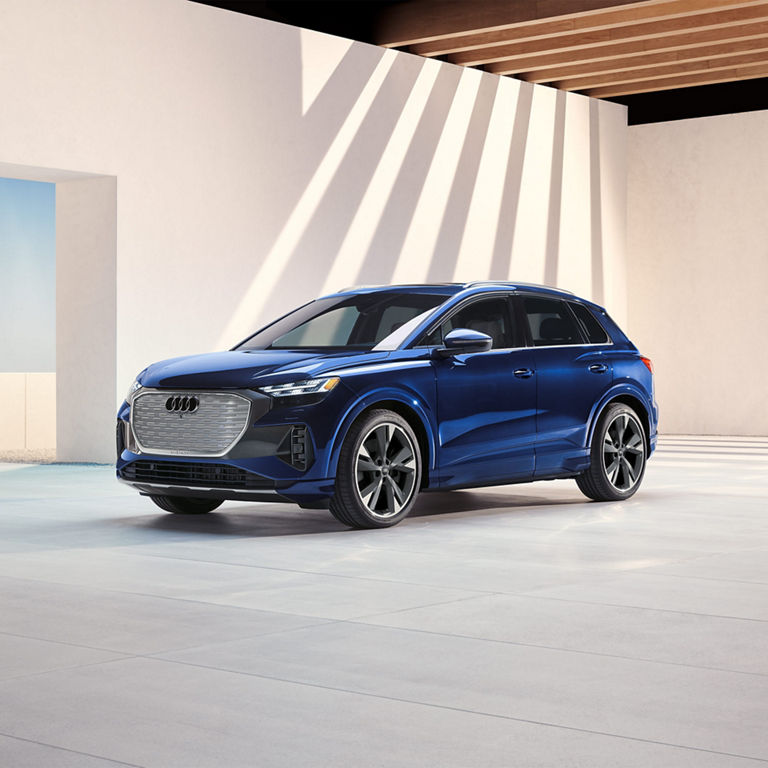How Audi is leading the way for decarbonization.
Published on: 01/29/20
Climate change is one of the biggest challenges we face today. To tackle this, Audi is working on its “Mission:Zero” strategy towards net carbon-neutral mobility and operations, and zero direct emission vehicles.
Investing in a greener future.
Today, there is a growing interest in Environment, Social, and Governance (ESG) factors when making investment decisions. According to Forbes magazine, approximately $20 trillion are invested in products that meet ESG requirements, with the possibility to increase. By shrinking its carbon footprint, Audi grows its relevance in the market and demonstrates its social responsibility.
Carbon neutrality is part of Audi’s DNA.
From supply chain to production, utilization to recycling, Audi is working towards an entirely carbon-neutral life cycle for its models.
The Audi e-tron®, the blueprint for sustainable premium mobility.
The brand’s first fully electric model is built in a certified net carbon-neutral plant in Brussels*, beginning our journey leading to the five models currently available and many new electric models to come. Audi plans to electrify 30% of the US model lineup by 2025.
Audi Brussels, the pioneer for decarbonizing production.
The Audi Brussels plant switched to renewable energy back in 2012 and is the brand’s first accredited net carbon-neutral site.
Already, other plants are on their way to net carbon-neutral production, including the Hungarian plant in Győr. Audi aims to have all manufacturing facilities globally achieve net carbon-neutrality by 2025.
Related pages
e-tron innovation.
Electric vehicles will fundamentally reshape the way we move, as well as how we think about our impact on the world around us. The move to more sustainable, electric driving with no direct emissions is one of the most significant technological advancements of our time, and Audi is helping lead the way.
Production of the Audi e-tron GT begins in Germany.
The Böllinger Höfe production site is the first Audi facility in Germany with net carbon-neutral production of the Audi e-tron GT, the brand’s most powerful electric vehicle.
The first of its kind: net carbon-neutral automotive manufacturing.
Audi Brussels was certified as the industry’s first net carbon-neutral site, which is no small feat. This coordinated effort encompasses the entire facility, made possible by the installation of a large on-site renewable energy source, as well as offsetting emissions that cannot be avoided.




